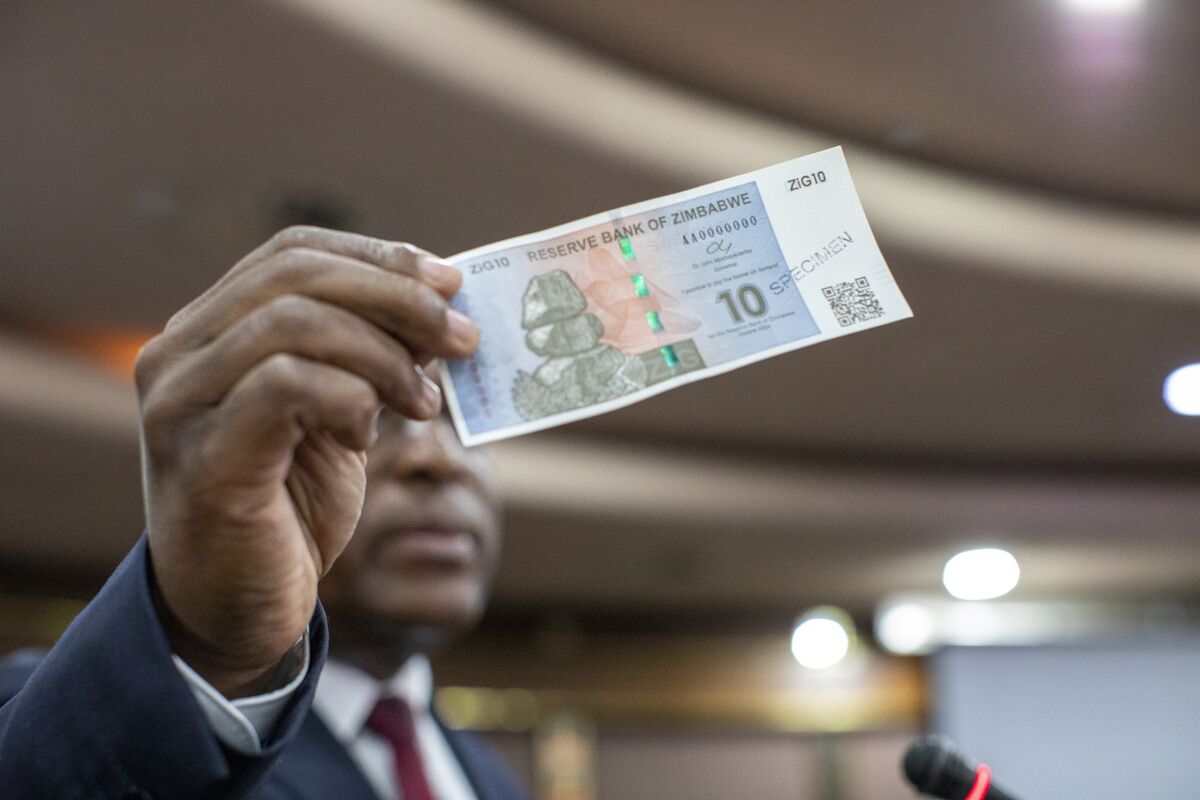
The price for May delivery of West Texas Intermediate, the US benchmark oil, plunged well into negative territory on Monday (Apr 20), an unprecedented crash prompted by the imminent expiration of this month’s futures contract.
Yet the price of a barrel of the same grade of oil for June delivery was still positive, albeit at the low value of US$20.43 a barrel.
The difference demonstrates the nature of a futures markets operating under stress.
The price of the May contract plunged to -US$37.63 a barrel because, once it expires on Tuesday, buyers either need to take possession of the crude, or move the crude into storage to collect later.
But the US oil market is glutted due to an economic downturn in the wake of coronavirus shutdowns, meaning there’s little storage to be found.
The closely-watched supply tanks in Cushing, Oklahoma have just 21 million barrels of storage free, Rystad Energy estimated on Monday.Advertisement
That means speculators who held on to their contracts too long face an unprecedented penalty.
“The most simple explanation for negative oil prices is that midstream players are now paying ‘buyers’ to take oil volumes away as the physical storage limit will be reached,” said Louise Dickson of Rystad Energy.
“And what does that mean? That pricey shut-ins or even bankruptcies could now be cheaper for some operators, instead of paying tens of dollars to get rid of what they produce.”
The futures market is currently betting that there will be a recovery in the economy in the months ahead that boosts oil demand and alleviates the supply glut.
This dynamic, in which front month contracts lag those in subsequent months, is known as “contango” and means that the July WTI contract finished Monday’s session at US$26.28 a barrel, while August’s contract ended at US$28.51 a barrel.Source: AFP/de






